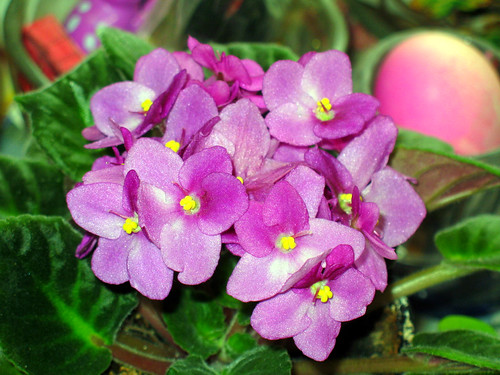Hydrangea Shrubs and Houseplants

Red, White and Blue the patriotic colours of the Hydrangea are augmented by pinks and purples like H. Ayeshia above as a variation on those themes. Flowering from mid-summer these shrubs give a magnificent display with very little effort. Did you see Hydrangea maritima on seaside holidays in large displays of sugary pink and sometimes blue.
Hydrangea macrophylla is the mop head type that can change flower colour from pink too blue depending on the soil. If the soil is acid then you will get a blue flower. The pink is produced on alkaline and more neutral soils. To change to blue add Aluminium sulphate or special colouring chemicals from garden centres to get a pink add lime. Some old methods include burrying a bag of nails or putting rusting iron near the plant. For best results when the soil id wrong for your desired colour plant it in a large pot with the right type of soil and keep it well wartered.
Hint and comments on Hydrangeas
- Named after the Greek for water keep your Hydrangeas moist
- Hydrangea quercifolia has oak shaped leaves and flowers white in the shade.
- Lacecap varieties have a looser form to the flowers with flat open flower heads where the florets don’t all open at once. Try variety maresii
- Buy plants in bloom so you know what you are getting in colour and form or plant in Autumn
- Hydrageas like rich moist soil and a bit of shade in the early morning to avoid frost damage to young shoots
- Prune out old flower heads, dead stems and old wood from overgrown bushes in the spring
- Hydrangeas can be used as cut flowers or dried for a papery addition to a winter arrangement
- A dwarf species H. thunbergii grows to about 2 foot.
Some old varieties to look out for


















